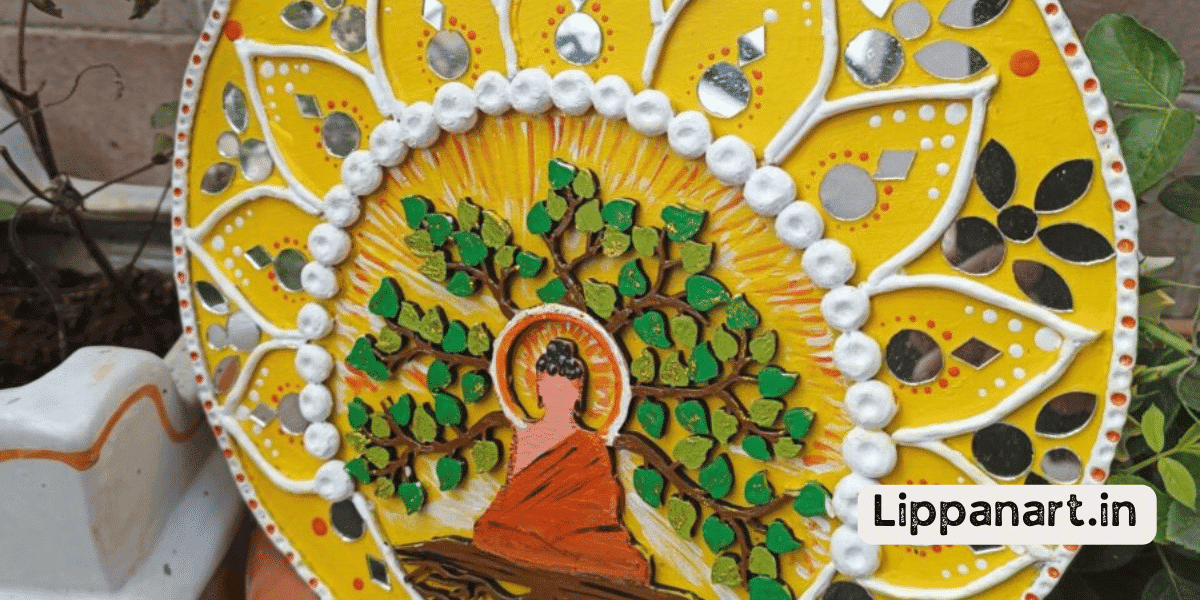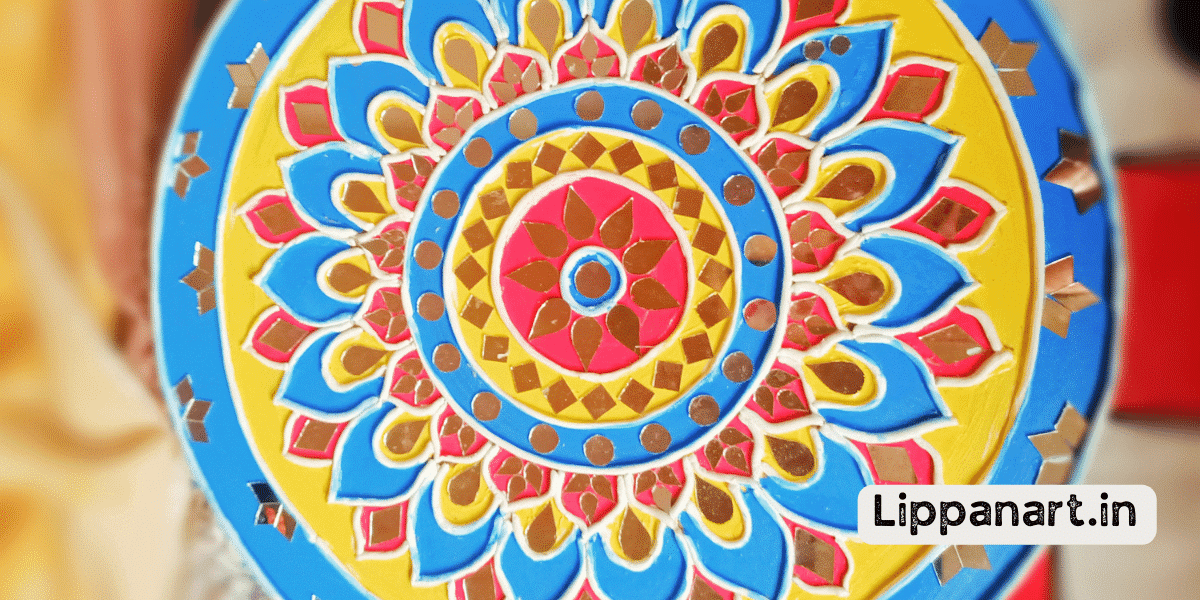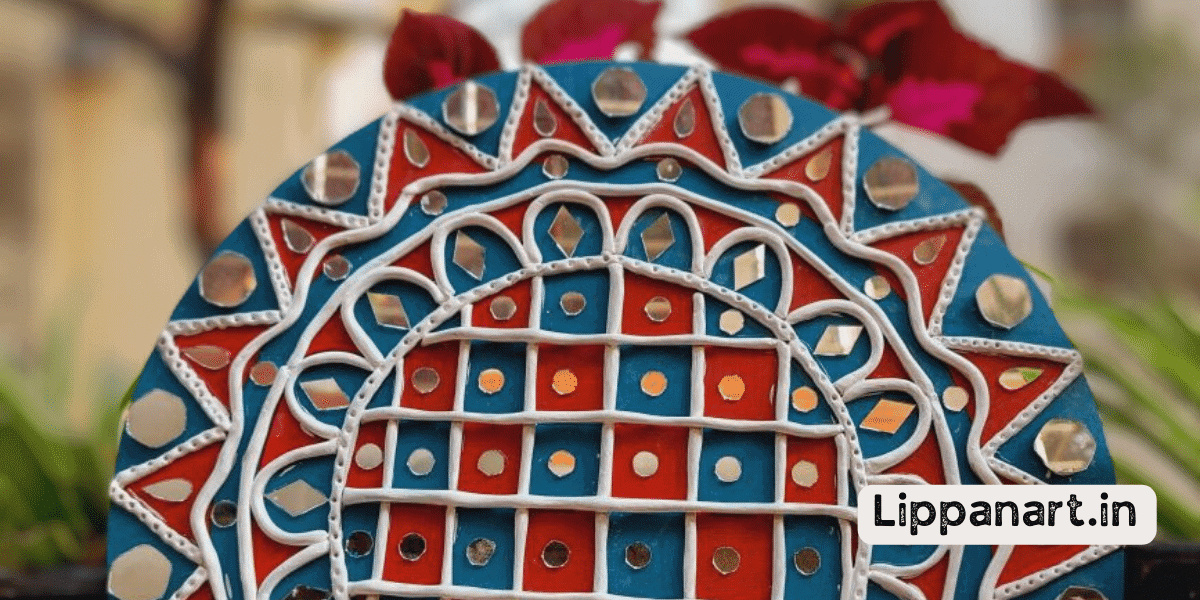You’ve heard it said that an elephant never forgets, but did you know that they can paint, too? Elephant art has been around for centuries, and it’s still gaining traction today.
From history and technique to conservation and commercialisation, this article will take a closer look at the unique world of elephant art and its global impact.
So, get ready to explore this amazing form of creativity and learn how it’s improving the world.
Key Takeaways
- Elephant art originated in African cultures and has deep cultural and spiritual significance.
- Different regions have unique variations of elephant art, reflecting local artistic influences and cultural traditions.
- The popularity of elephant art has led to conservation and ethical concerns, particularly regarding the ivory trade and the endangerment of elephant species.
- Commercialising elephant art for tourism can bring economic benefits to local communities, but it is important to respect the traditional significance of the art and avoid cultural appropriation.
Origin of Elephant Art
Elephant art has been around for centuries, originating in African cultures, and is heavily influenced by spiritual practices and symbolism. The use of ivory for sculptures and carvings began during the ivory trade, popularising the art form in many cultures. It has since been subject to cultural appropriation in different parts of the world.
African influences are seen in the symbolism of elephant art, which is associated with strength and power. Additionally, many cultures believe elephants have spiritual connections with the afterlife, impacting the form. The meaning of elephant art varies from culture to culture and can include symbols of luck, protection, and more.
Regardless of the symbolism, elephant art has been around for centuries and has been influenced by African cultures, spiritual practices, and symbols.
Techniques and Tools Used
Elephant art can be created using various techniques, tools, and materials.
Painting techniques include brush strokes, stencils, and splatter art, while canvas types range from traditional to textured and multi-dimensional.
Clay sculptures can be crafted using a potter’s wheel or hand-rolling the clay into the desired shape.
Digital art is a growing medium that allows 3D printing and digital imaging to create unique pieces.
Whether you’re a beginner or a seasoned artist, you’ll find a range of materials, tools, and techniques available to create elephant art.
Painting techniques, canvas types, clay sculptures, and digital art offer different ways to express creativity and create unique pieces.
Cultural Significance
Throughout history, elephants have been seen as symbols of strength, wisdom, and power, so their art carries great cultural significance. It’s deeply rooted in traditional and modern cultures and used in various rituals and ceremonies worldwide.
From gifting to regional variations, artistic influences, and spiritual beliefs, elephant art conveys many symbolic meanings. In India, it’s seen as a sign of respect; in Africa, it brings peace and prosperity; and in Thailand, it symbolises protection and good luck. It’s also used to express spiritual messages or depict a spiritual journey.
The regional variations are unique, displaying local artistic influences and cultural traditions. From intricate designs to abstract shapes, each piece of elephant art expresses the culture it’s from, serving as a reminder of its beauty and meaning.
Conservation and Ethical Concerns
The proliferation of elephant art has raised numerous ethical and conservation concerns. The popularity of works of art featuring elephants has increased demand for ivory, devastatingly affecting elephant populations and leading to species endangerment and extinction. To support elephant conservation and ethical practices, purchasing art from organisations dedicated to preserving their habitats is important.
Innovative initiatives, such as ecotourism, can raise awareness of the plight of elephants and the importance of protecting their habitats. Additionally, companies creating and selling elephant art must ensure that their materials have been acquired sustainably and ethically.
- Editor’s Choice
- Best Seller
- Amazon Choice
Famous Elephant Artists
You’ll be amazed by the stunning works of famous elephant artists Mimi Kunz and Deborah Butterfield. Their artworks combine traditional and modern styles, from sculptures to paintings and collages, to create captivating pieces.
| Elephant Sculpture | Elephant Painting | Elephant Collage |
|---|---|---|
| Elephant Sculpture | Elephant Painting | Elephant Collage |
Their artworks have aesthetic value and promote ethical marketing and art therapy. Furthermore, they raise awareness of the importance of conservation and ethical issues.
The artworks of Mimi Kunz and Deborah Butterfield are timeless masterpieces, inspiring a new wave of art.
CommercialisationCommercialisation and Tourism
CommercialisingCommercialising elephant art for tourism has become increasingly popular, with the associated economic activity and business opportunities expanding. This has stirred up debate on the ethical implications of conservation tourism and cultural appropriation in art marketing.
Here are four key considerations to keep in mind when utilising elephant art to attract tourists:
- Conservation: Ensure tourism activities don’t cause harm to elephant populations.
- Economic impact: Leverage the economic benefits of elephant art to support local communities.
- Art marketing: Respect the traditional significance of elephant art.
- Cultural appropriation: Avoid unintentional cultural appropriation when marketing elephant art.
It is essential to remain mindful of the implications of commercialising elephant art and the ethical implications of using it to attract tourists. As demand increases, we must ensure that tourism and art marketing are conducted responsibly.
Global Impact and Awareness
Elephant art is becoming an increasingly popular form of creative expression, and its potential to generate positive social impact is immense. It creates a strong visual impact and can support conservation efforts, educate people about animal rights, and bring economic benefits to local communities.
As the future of art continues to evolve, elephant art is emerging as a form of art therapy that can help people feel connected to nature and wildlife. By exploring elephant art’s global impact and awareness, we can learn how it’s being used to support conservation efforts, the economic benefits it can bring to local communities, its potential for creative expression, and its role in creating social impact.
The importance of elephant art goes beyond its aesthetic value. It can help to raise awareness of global conservation and animal rights issues while creating a more sustainable future for art. By using elephant art as a tool for positive social change, we can ensure that the future of art is both creative and sustainable.
Conclusion
From its ancient origins to the modern day, elephant art has become an incredibly influential and important form of expression. It hasn’t only provided us with a connection to the beauty of nature but also served as an avenue to discuss conservation and ethical concerns.
In its many forms, elephant art has been a call to action, uniting people of all backgrounds to create a more harmonious world. It’s a reminder that together, we can make a difference – the power of a single brushstroke is indeed mighty.














